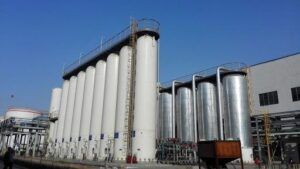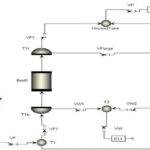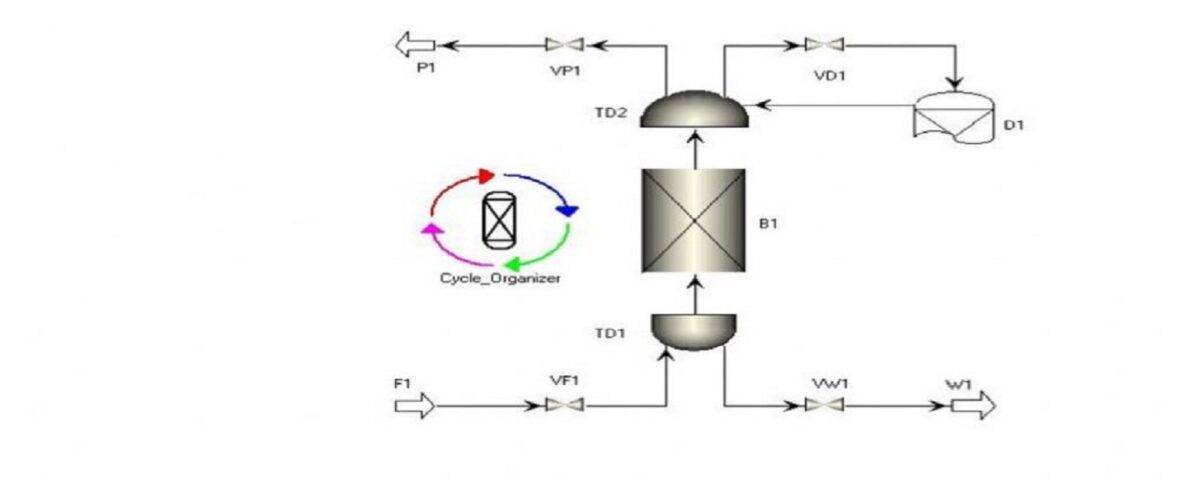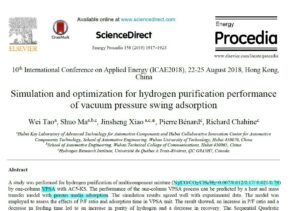Introduction
PSA (Pressure Swing Adsorption) devices are the industry standard for purifying hydrogen gas in factories. From the high-value gas that is created from the process of these units. Extracts hydrogen. The degree of purity of hydrogen is usually 9.99% with a small concentration of carbon dioxide (CO and CO2) which is needed in the final stage of the unit process. UOP has provided PSA technology in many sources for over 30 years. This happened with the opening of the first section in 1966, followed by more than 600 more sections.
The most important components during PSA operation are: absorbers (suctions) (steel pipes that include absorbers). Valves and piping insulation (for all valves and fittings). Control system (usually installed in a remote controlled room) and mixing tank (to minimize fluctuations at the gas end). A flowchart of the process is described below. High pressure feed gases enter the PSA device. Product is carried by this unit with minimal pressure drop, while the end gas is usually discharged at low pressure. The PSA device is capable of creating a wide range of operating pressures, from low pressures up to units close to 100 psig.
Process Description
The simulation of a PSA (Pressure Swing Adsorption) unit using Aspen Adsims involves several key steps. First, the process model must be defined by specifying the inputs and outputs, such as the type of feed gases, temperature, pressure, and unit capacity. Next, analytical tools within the software are used to determine performance parameters, including adsorption rate, equilibrium time, and various temperature settings. In the subsequent stage, different phases of the process, such as adsorption and desorption cycles, are modeled, utilizing experimental data to calibrate the model. After parameter adjustments, the simulation is executed, and results are analyzed to optimize unit performance. Finally, graphical representations and tables are used to visually present the results, enabling informed decisions for process improvement.

The simulation of hydrogen purification unit in PSA unit is done from article. And has full training in ADSIM.
Conclusion
The simulation of a PSA unit using Aspen Adsims demonstrates that this software is a highly effective tool for analyzing and optimizing pressure swing adsorption processes. Accurate simulations can help identify the strengths and weaknesses of the system, enabling engineers to increase production capacity and reduce energy consumption. Additionally, leveraging experimental data and model adjustments allows for better responsiveness to various operational changes. Ultimately, the results of the simulations not only contribute to improving the performance of the PSA unit but also facilitate better decision-making in the design and management of industrial processes.



